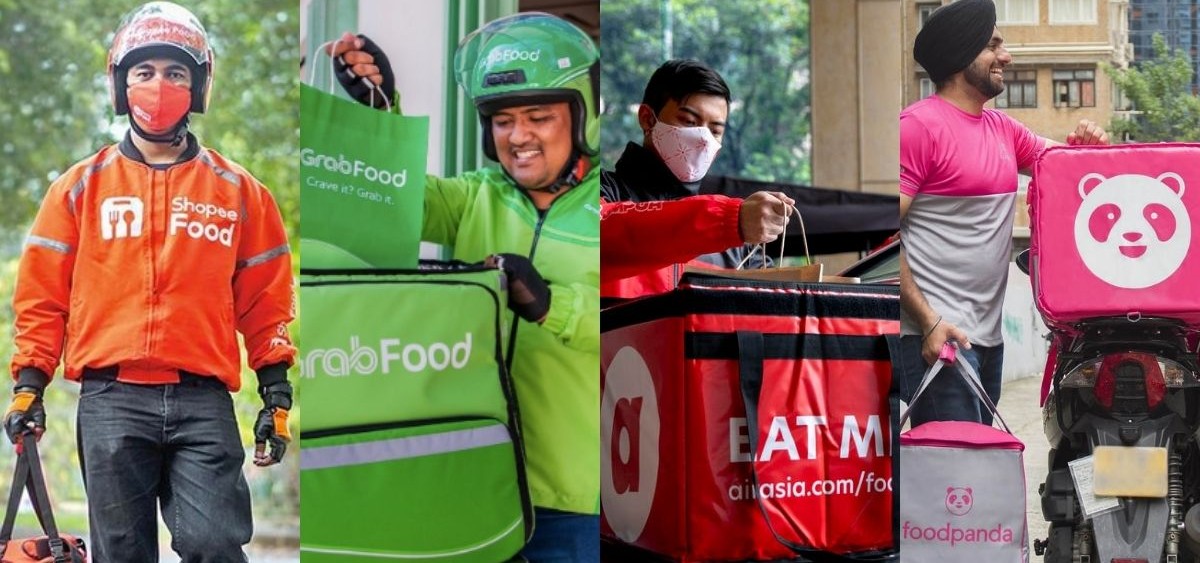Virtual, cloud, or ‘ghost’ kitchens have reshaped Malaysia’s food scene, offering convenience and innovation, but not without controversy. While some operate transparently as shared kitchens, others mislead consumers with duplicate brands and questionable practices.
It’s hard to believe that we’re nearing the five-year anniversary of that first fateful ‘Movement Control Order’ that effectively began the long pandemic period here in Malaysia. Since that first lockdown, though, my family has gotten a little attached to food delivery apps. And I can safely bet many Malaysians are subscribed to at least one service, too. At times it could be more entertaining browsing options for dinner than actually hitting the order button. It’s a bit like scrolling through a culinary ‘Explore’ page, perfect for discovering restaurants in the area, but there’s just one thing people are noticing about some of these new eateries: they don’t actually exist.
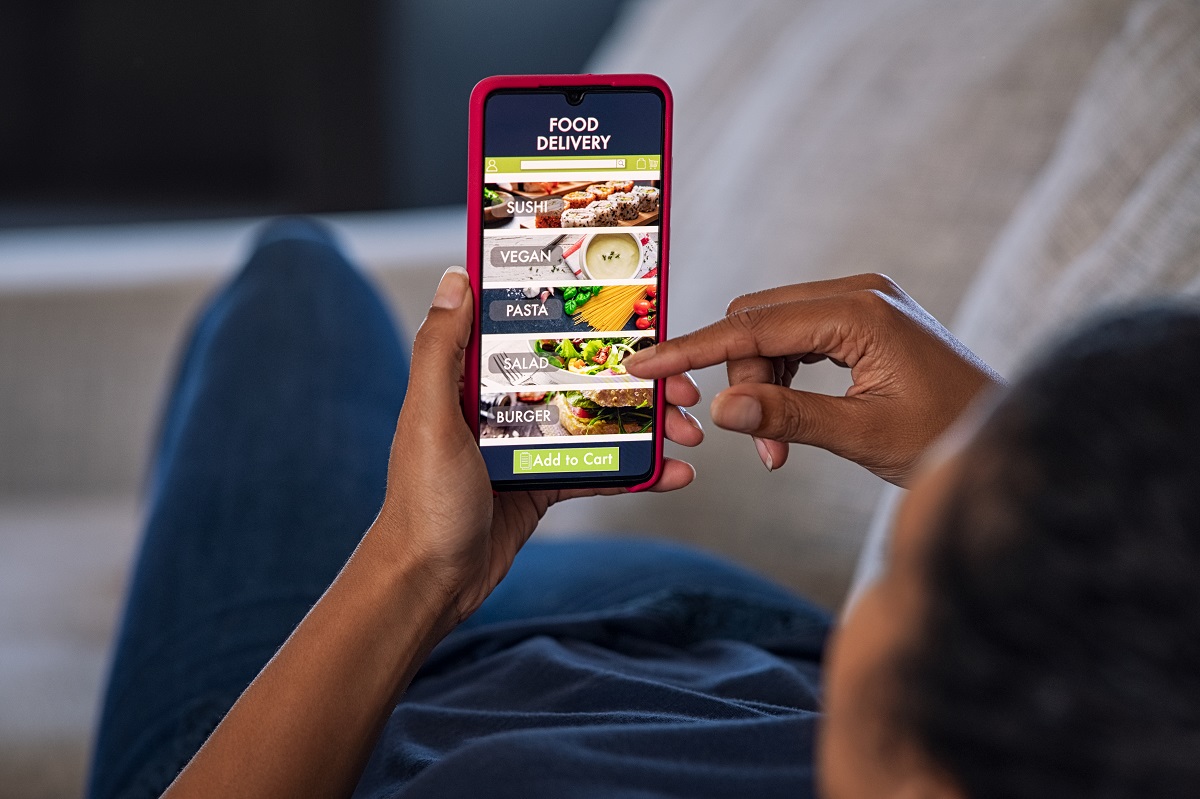
While food still arrives at customers’ doorsteps as per usual, these so-called ‘ghost kitchens’ are exactly what you think they might be—a restaurant with no physical presence. Instead, they exclusively operate through over-the-phone and online orders and delivery services. By definition, anyone could do it, even from their home. But as a ghost kitchen can be quite professional in some context, the term ‘virtual restaurant’ or ‘cloud kitchen’ may be used more often as a friendlier alternative. Ghost kitchens, however, also refer to the ones who function similarly to ghost writers, in that they cook for several different restaurants only found on food apps. For such reasons, they’re somewhat controversial—some see it as plain fraud, while others regard it as a genius business idea.
Malaysia has definitely seen both sides of the coin. Back in May 2024, several netizens discovered up to 17 restaurants—all bearing different but equally creative names—selling the exact same food, even down to the pictures of dishes listed on their food apps. Ghost kitchens, unsurprisingly, increased in number when the pandemic arrived; they were the perfect solution for restaurants scrambling to beef up their online business for emerging homebodies at the time, but it seems their existence—or lack thereof—has been busted only recently. Customers would report seeing these restaurants (supposedly at nearby locations) on their food delivery apps, but knowing their own neighbourhood area well, further noted that they had never actually spotted them in real life before.
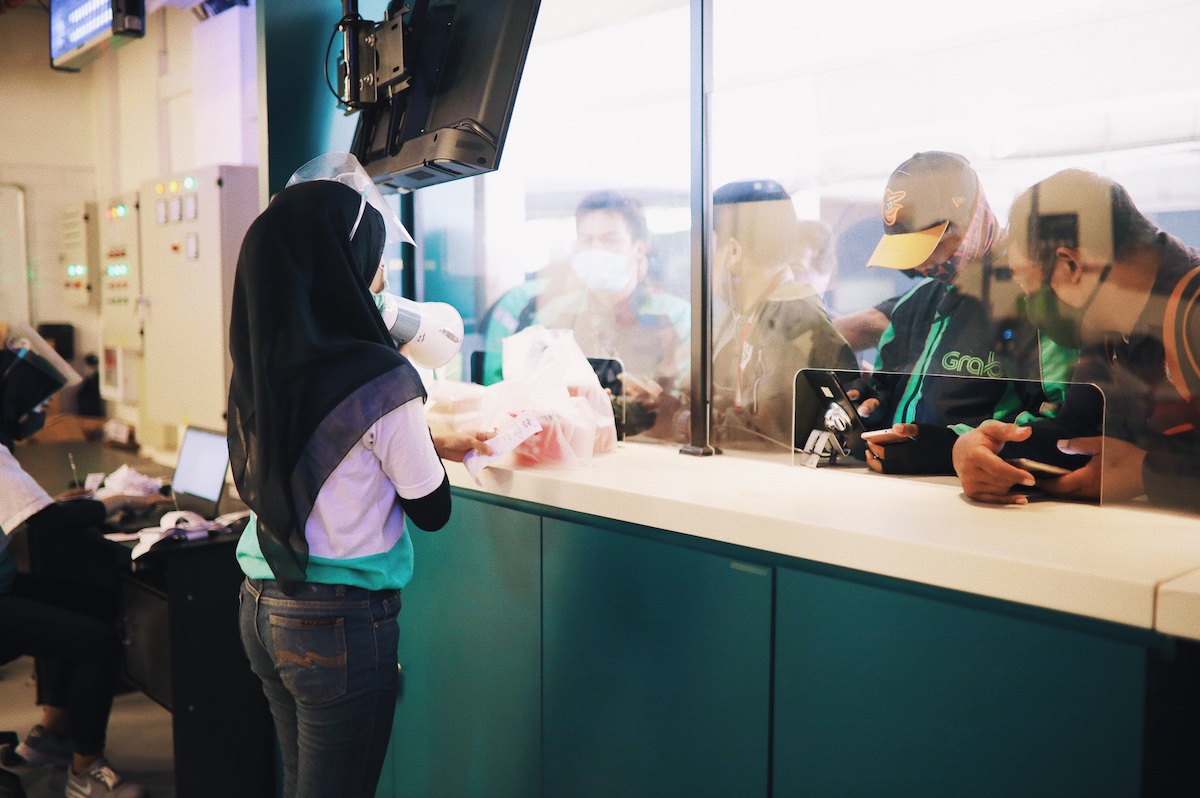
It’s these types of ghost kitchens that are the reason for any sinister connotation attached to its name. Not only do customers find it redundant and plain frustrating to encounter the same menu on every restaurant they click on, they’re notorious for being rather exploitative. Ghost kitchens—namely the ones posing as dozens of small restaurants—could be considered anti-competitive in that they are misleading the market. What appears to be a new local business people are eager to support is actually yet another baby-faced clone coming from one parent establishment.
Moreover, any time these names come under fire or complaint, its owners can simply ‘close it down’ and open another one under a new name. Safety and sanitary regulations of a single cooking facility operating for many different restaurants at one time are another concern waiting to be addressed beyond the ethical disputes. Overall, these ghost kitchens’ lack of transparency regarding what consumers are really getting when they pay more than RM20 for a lacklustre burger is one source of its controversy.
CENTRALIZED COOKING
But not all ghost kitchens are dodgy like that. Although several reports from other regions suggest that the business is dying out, this doesn’t appear to be the case for Malaysia, as evident in the handful of cloud restaurants that have opened from 2022 to 2023, such as JustKitchen and Cookhouse, to name just a couple of notable ones. Unlike the suspicious duplicates seen on GrabFood and Foodpanda, however, these businesses are actively marketing themselves as central cooking spaces for multiple food brands with their own original menus. In this instance, these establishments feel much more legitimate because they’re more transparent about their partnering restaurants.
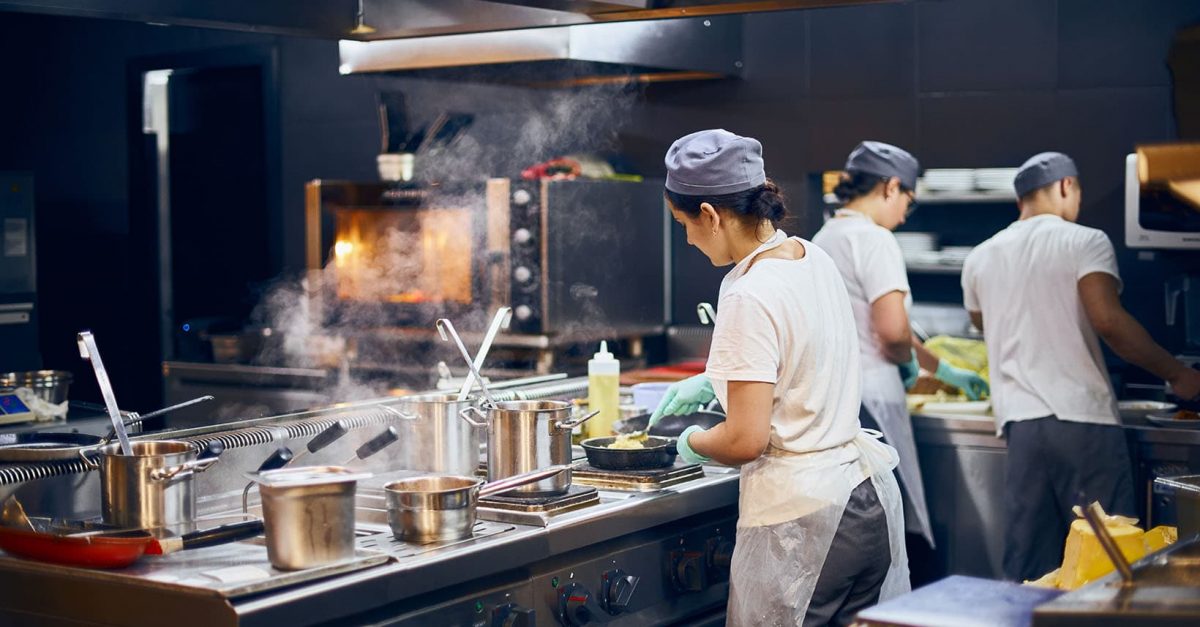
Being a shared kitchen for multiple brands, ghost kitchens of this sort tend to be attractive primarily because they’re cost-saving. It allows establishments to grow together on shared resources. With no wait staff, dinnerware, or even an entire building to worry about, food entrepreneurs have the flexibility to experiment with their menu and focus on the output of their products. Many start-ups in particular would tend to find this model ideal.
Ghost kitchens don’t play by the rules of an actual restaurant, and because of that they’ve had the flexibility to survive shifting trends, major economic changes, and even crises (e.g., the Covid pandemic). But as it turns out, there is a right way for it to be done. In a Malaysian context, these should be navigated carefully—indeed, for a country with such a passionate eating culture, ghost kitchens have a lot to live up to!
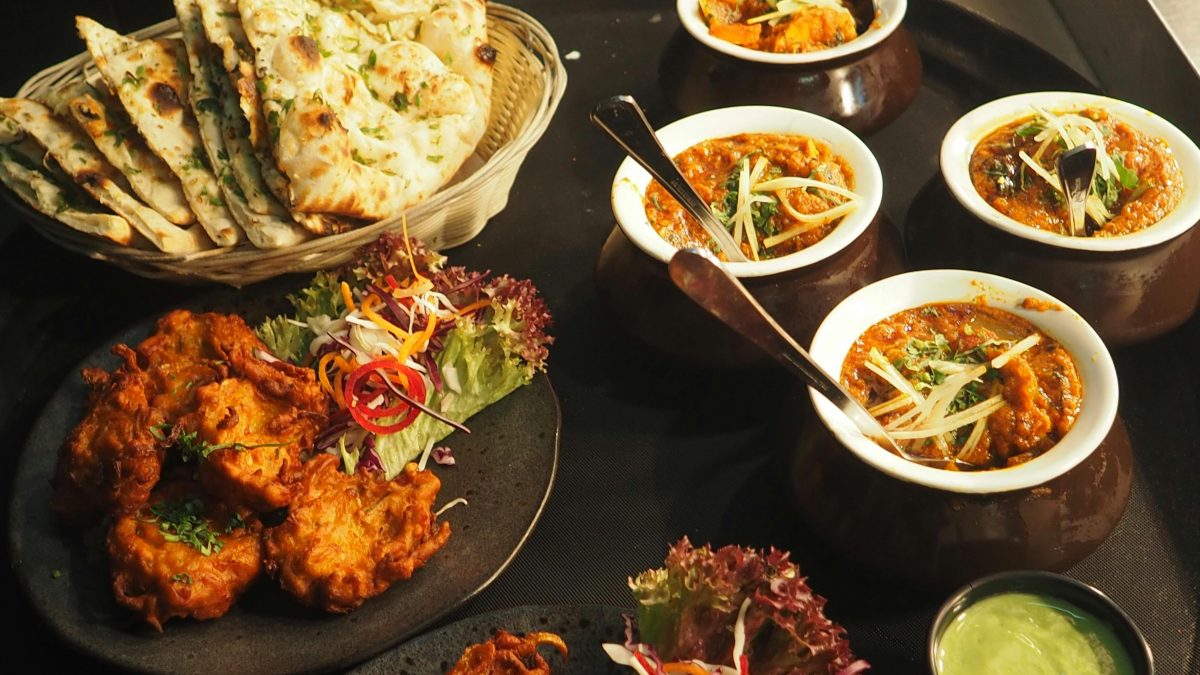
"ExpatGo welcomes and encourages comments, input, and divergent opinions. However, we kindly request that you use suitable language in your comments, and refrain from any sort of personal attack, hate speech, or disparaging rhetoric. Comments not in line with this are subject to removal from the site. "


